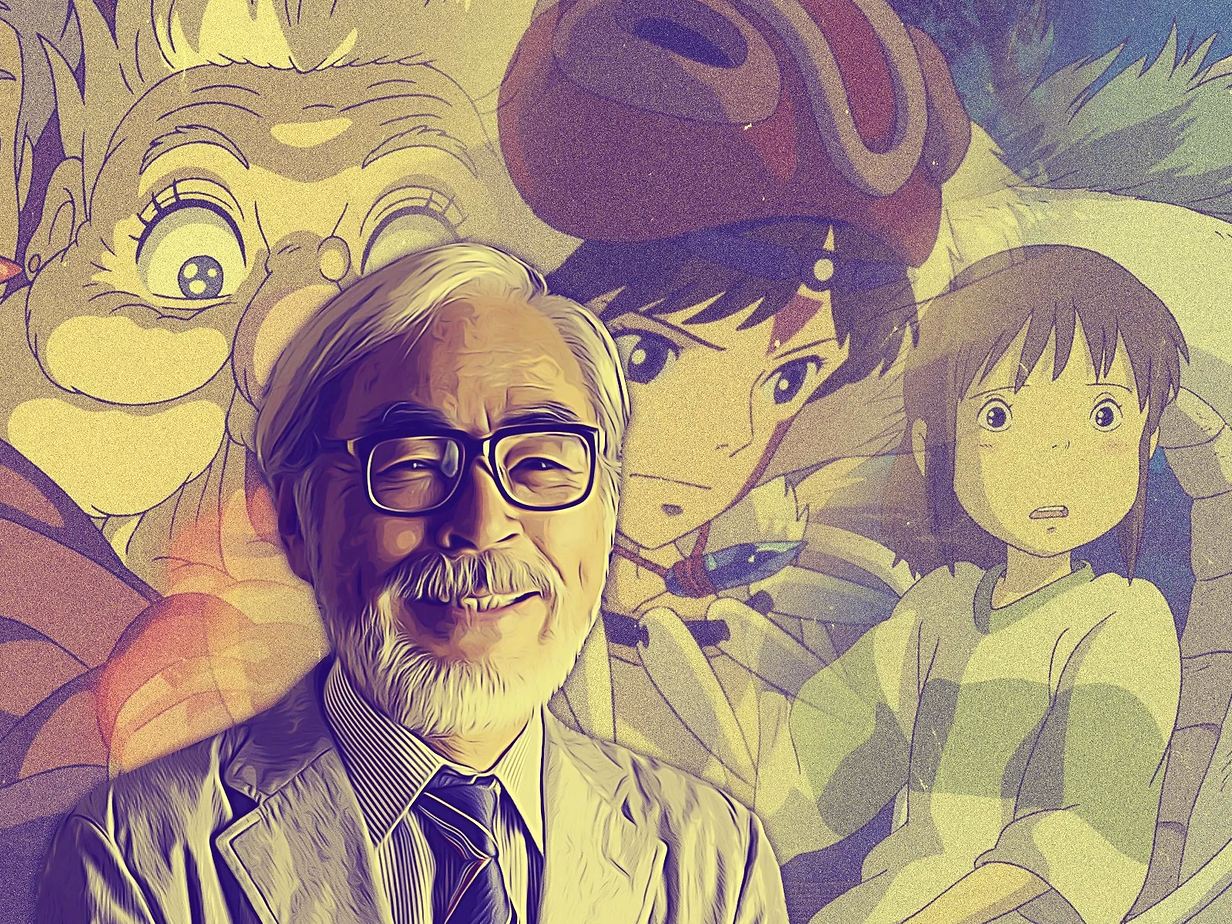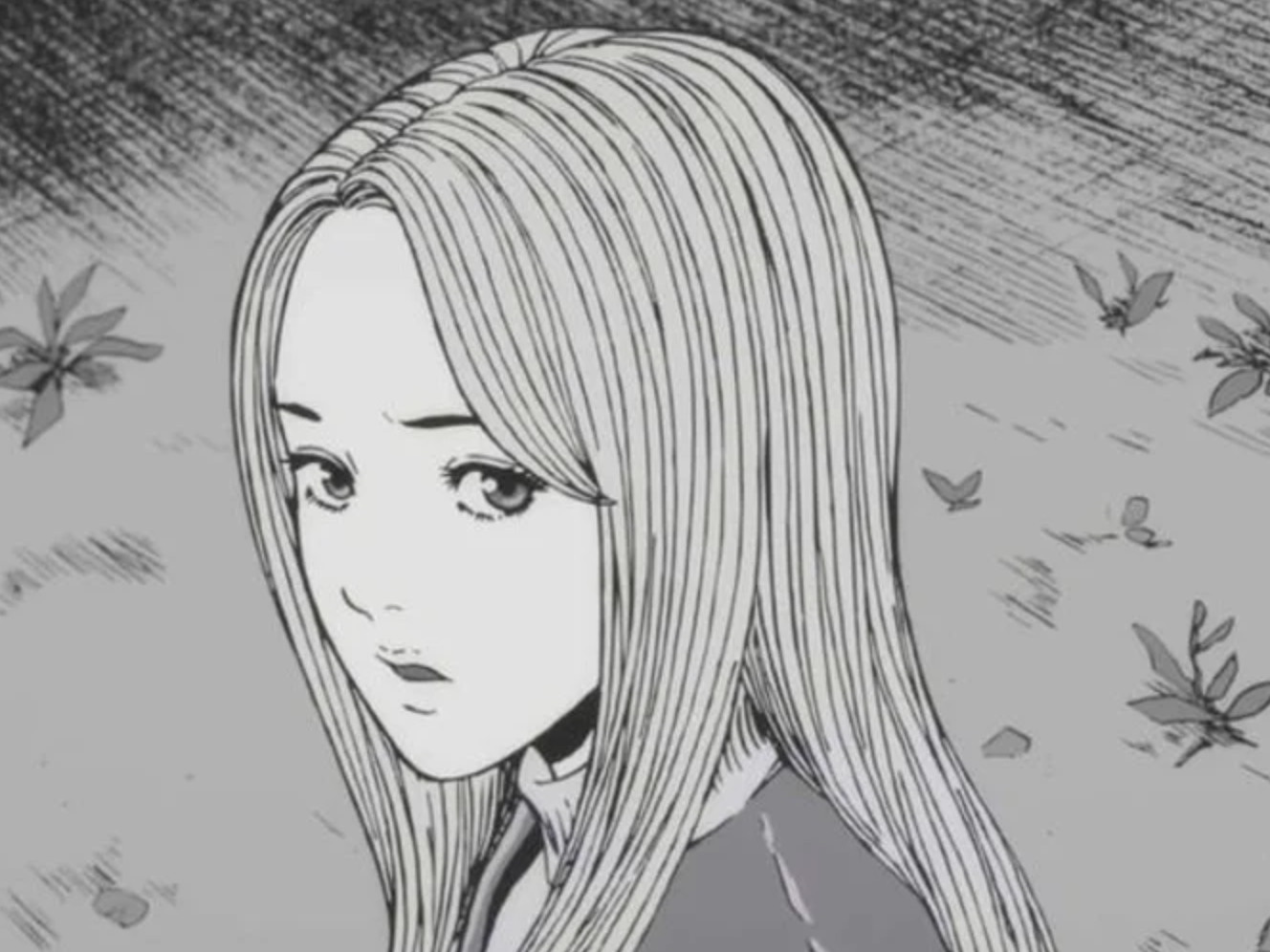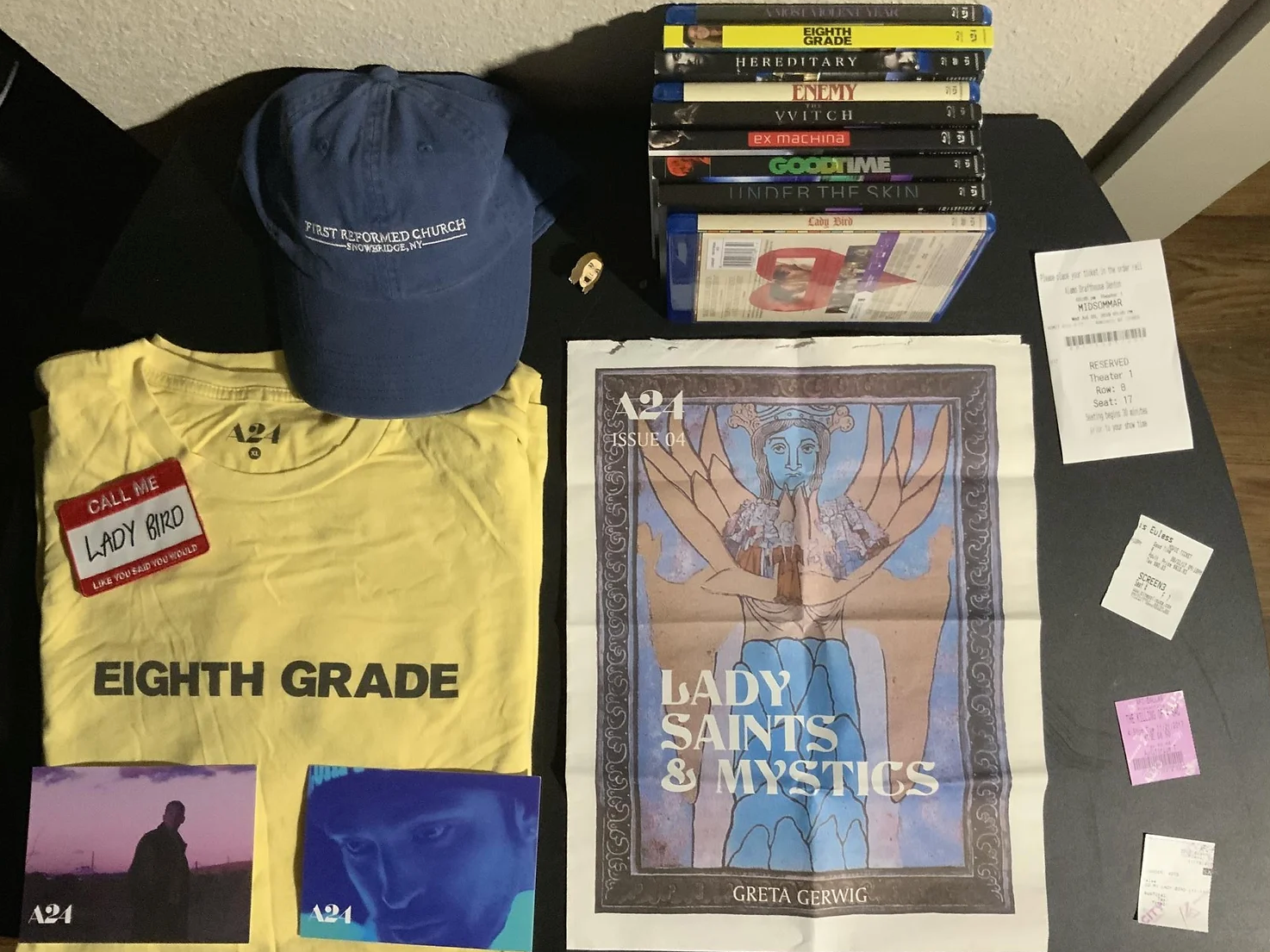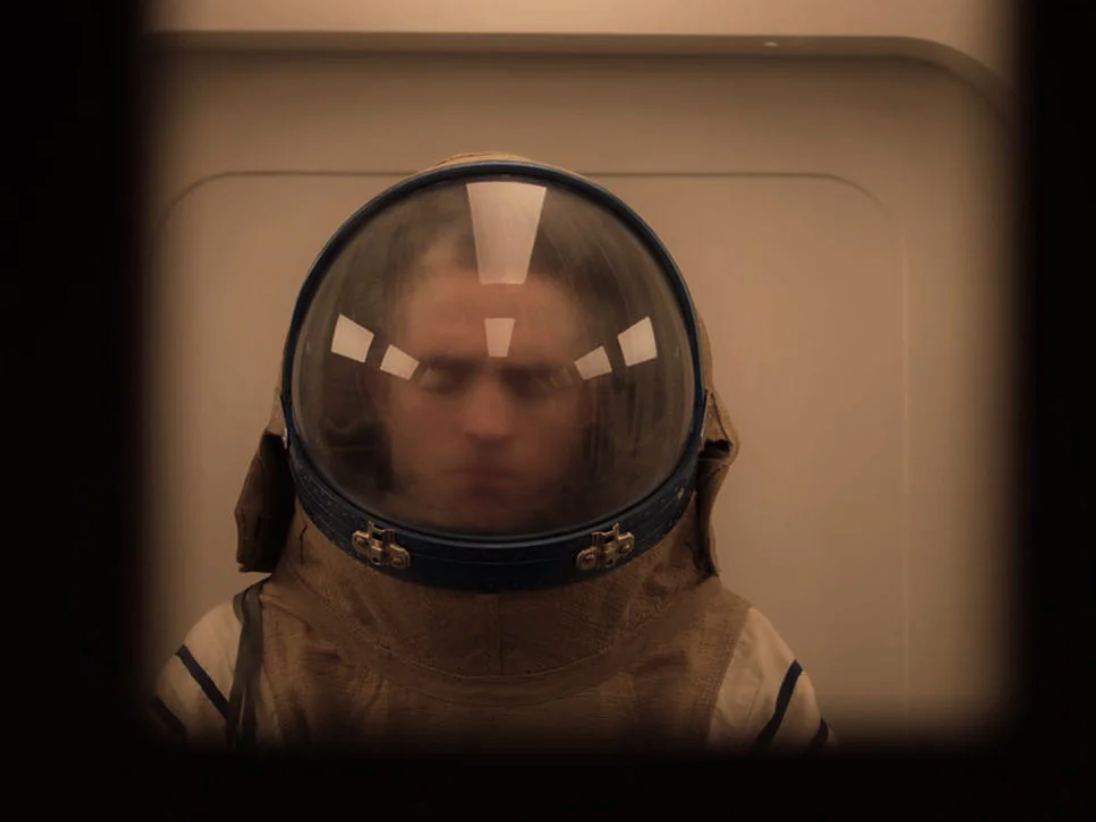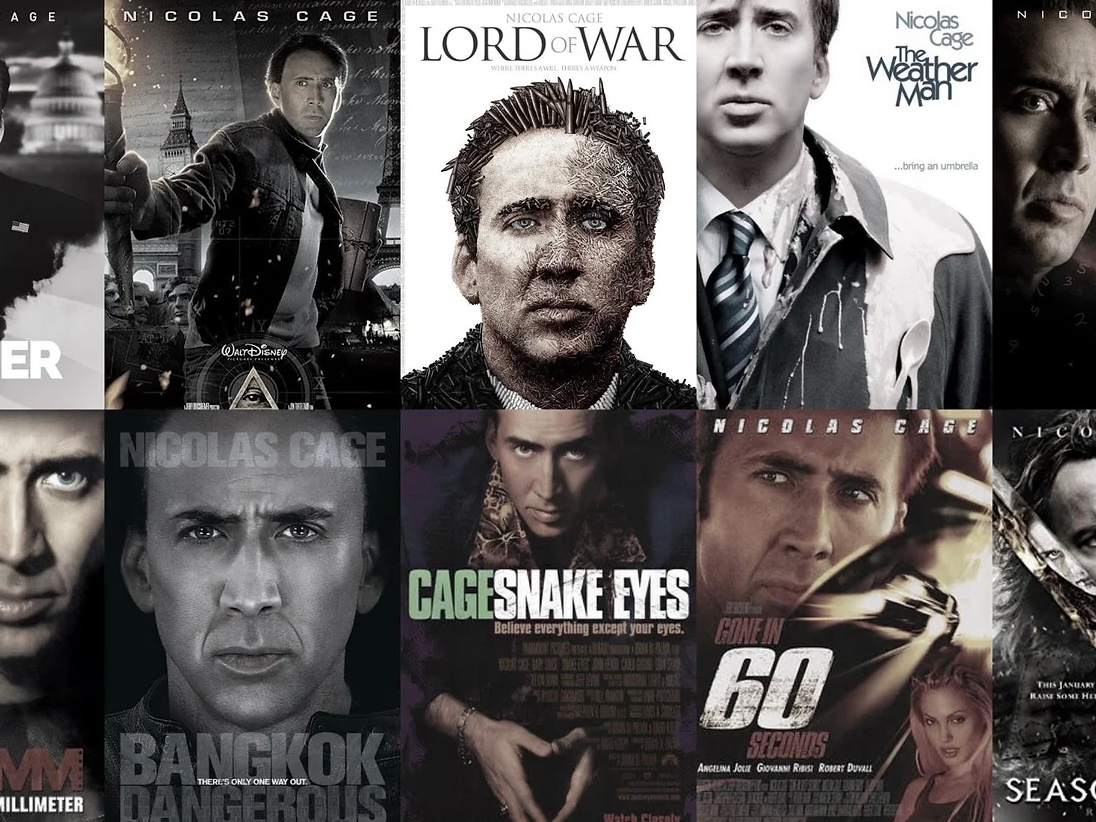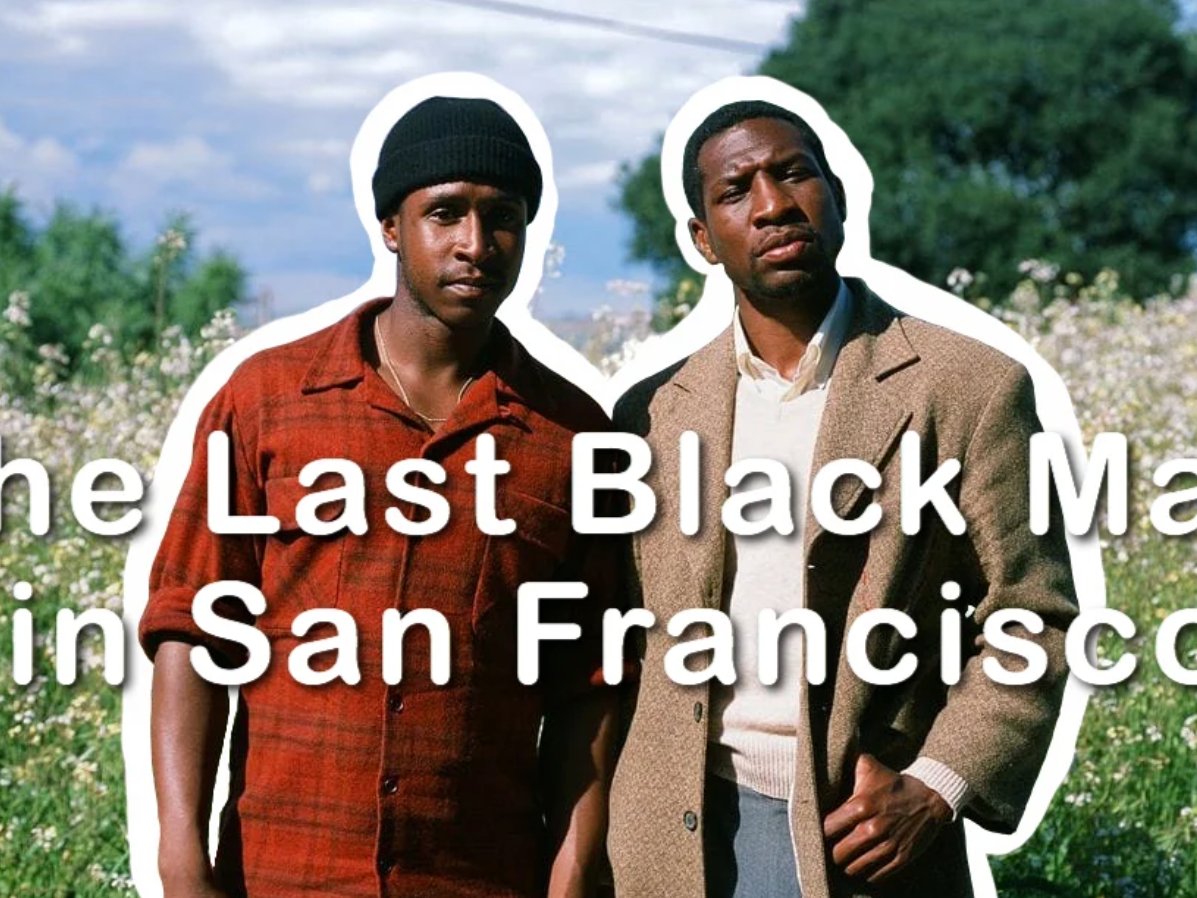This week writer and director Ari Aster’s second film Midsommar was released in the United States to overall positive critical and audience reviews. This film comes following the great success of Aster’s first feature film Hereditary, and both share similar elements and themes like the portrayal and exploration of relationships through a very slow and atmospheric horror infiltrating the world that the main character knows. Hereditary was incredibly successful in taking traditional horror and elevating it into something that was more than just scary, it was truly unsettling and made audiences scared far past the credits rolling. The film subverted traditional horror expectations and went beyond what audiences would expect, but it still maintained some of those conventions that horror traditionally requires, dark rooms, tight spaces, and big surprises. Aster’s Midsommar took what Hereditary did with the conventions of horror and amped it up, placing the events of the film in the wide open and bright spaces of a Swedish festival. There’s nowhere to run or hide, the characters are directly confronted with the horrors of the story, and the viewers have to face them as well.
Writer and director Ari Aster first began creating non-traditional horror with The Strange Thing About the Johnsons, a short film that focuses on the social horrors of an abusive incestuous relationship where a son molests his father. The film served as his thesis film for the American Film Institute's graduate school, the AFI Conservatory. Aster said that he was talking about topics with an actor in the film Brandon Greenhouse, and said that they were exploring ideas that “are too taboo to be explored, and so we arrived at taboos that weren’t even taboos because they were so unfathomable.” The short film was met with great divisiveness, receiving great acclaim from some and disgust from others. Before finding mainstream success and attention, Aster was creating heavy and provoking films that were going viral and creating a name for this director. He was going to create horror that was new and unique and strangely present in our everyday lives. Some of the other short films he created in this period before Hereditary deal with other real horrors like Munchausen syndrome by proxy and the circumstances that would leave someone homeless. One of the quotes from his short film C’est La Vie can summarize Aster’s perspectives on horror, “You know what Freud says about the nature of horror? He says that’s when the home becomes unhomelike, unheimlich (German for creepy), and that’s what this whole place has become, this whole time, and fuckin’ country and everything else. It’s unheimlich.” Aster takes the real things and real possibilities of life in our world and illustrates the true horror of them through his skill and tact at word building, storytelling, and art direction.
Aster’s first feature film Hereditary was released in 2018 and tells the story of a family who has broken apart and haunted following the death of the family’s grandmother. SPOILER ALERT - the family’s grandmother is a member of a coven worshipping a demon named King Paimon. In the events before the film, she had tried to turn her son into a host for the demon but was ultimately unsuccessful and her son killed himself. In the film, her influence is felt over her daughter and her grandchildren when tragedy befalls them after her death. In the end, her granddaughter becomes the host for Paimon, and later Paimon moves to her grandson who is a proper and healthy male host, and then he is worshipped by the coven. The story explores the ideas of grief, trauma, death, and the ideas/meaning of inheritance and family. A lingering question throughout the film is which parts of the story are true spiritual/paranormal haunting elements from the grandmother’s coven, and which parts are the possible inherited mental illnesses of the mother(it is mentioned in one scene that the grandmother had dissociative identity disorder, her brother was a paranoid schizophrenic, and her father suffered from psychotic depression). The trauma that the characters experience is, like the title of the film implies, hereditary. These themes that the film showcases are very real and grounded in the reality that many people and families experience every day, the film is just able to truly show the magnitude of the horror that comes from within things like grief and the relationships of a family. The horror comes from real everyday experiences and tragedies, and Hereditary does a great job at displaying and pondering the implications and complexities of them, but sometimes the true nuance can be lost in the dark supernatural elements of the film.
Aster’s next film Midsommar explores similar ideas and themes of Hereditary, but instead of traditional horror conventions muddling the themes, it brings them out into the brightly lit and wide open picturesque fields of smiling faces and flowers where the audience can see them for what they truly are. This way hopefully the audience can understand them for what they truly are. Aster’s interpretations of these themes in the film are that they are the real horror that needs to be navigated and understood properly. The central idea of a toxic relationship that is falling apart trying to be remedied came to Aster after he had experienced a difficult breakup. He described the film as “a breakup movie dressed in the clothes of a folk horror film.” Like Hereditary, it covers ideas of death and relationships, but it also really goes in and aptly describes the grief and depression that comes from loss as well as being gaslit in a relationship through an extremely detailed and intensely beautifully manufactured setting. The story deals with murder, suicide, torture, seduction, and betrayal, but all of these horrendous and grotesquely dark ideas are set to the backdrop of a bright and unwavering sun where nothing can hide. It takes the foundational horror elements of Hereditary and builds them up while trimming away the excess.
Hereditary is a great film that got the attention that it deserved, rave reviews from critics, a strong effect on audiences (both positive and negative), grossed $79.3 million worldwide, was the widest release for an A24 film, was the best opening for an A24 film, and the highest-grossing A24 film worldwide; all of these are well deserved, but in the context of how Midsommar tackled its themes, it may take on too much. One of the reasons why Midsommar can be seen as a step up is that it seems more focused on specifically dissecting the emotions of grief and dealing with loss as well as a crumbling toxic relationship. Aster says about the film “I went looking to do a breakup movie that felt as big as a breakup feels. From anyone else’s perspective, it’s a minor enough event. If it was a relationship with any real consequence, then a breakup can be cataclysmic and turn your life upside down and almost feel like a death. I wanted to make a big, operatic breakup movie that felt and played as consequential as the end of a relationship feels to the parties involved,” and he 100% does exactly that. The film is very “operatic” and grand, full of carefully crafted landscapes and sweeping pan shots and large orchestrated and properly choreographed moments. This sense of drama and the strong performance from Florence Pugh in the film also really boosts the sense of emotion that the audience is going to feel. This ‘horror’ film from Aster is very much not a traditional horror film and does not fall back on the established horror conventions, rather, the horror of the film comes from the intense and very real emotions coming from the characters. Their emotions are so real and true to the life that the viewers may experience, it is true horror.
Midsommar is a film that horrifies the audience with the terrifying implications of the images it shows and the real-life connections it makes. These ideas and images leave an impression on the audience instead of giving them jump scares and quick jolts of being scared. The mood that Aster creates in the film replicates the real dread of everyday life people experience. Aster also leaves the camera to linger in a lot of the film and leaves the audience to sit with the events and the characters, just sitting around in the emotion and terror that they go through. That is where the real horror of the film comes through, and this film is where Aster’s status as a horror auteur is cemented.
